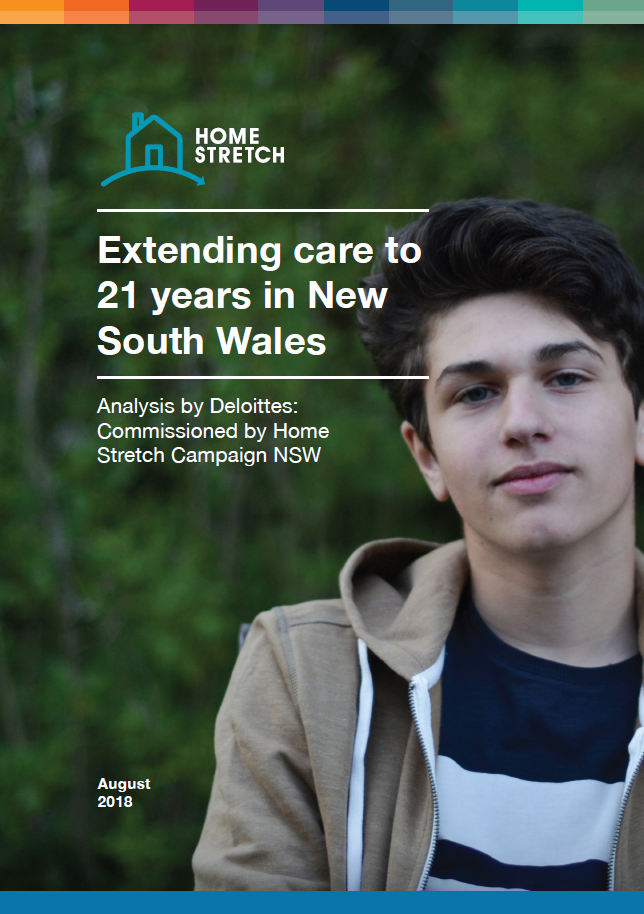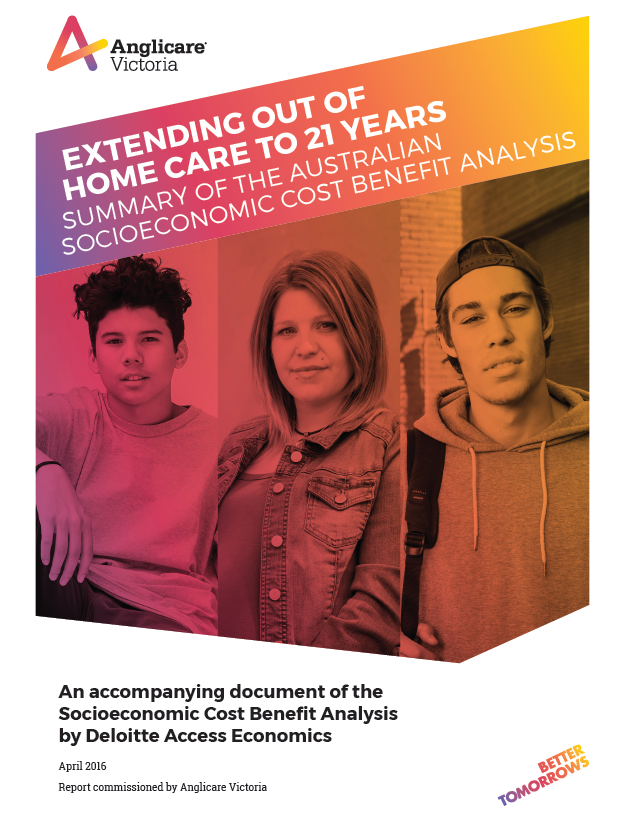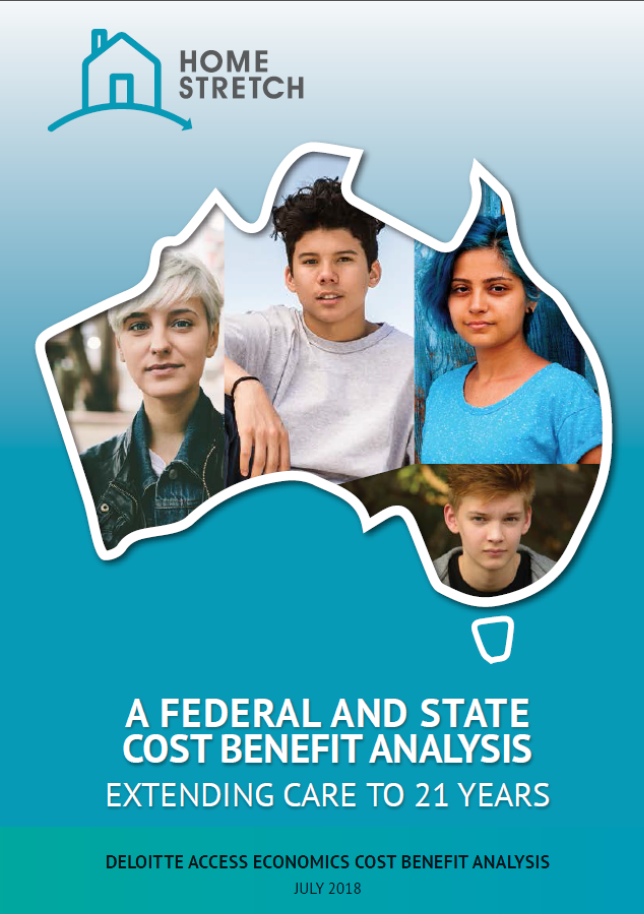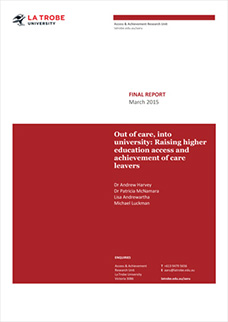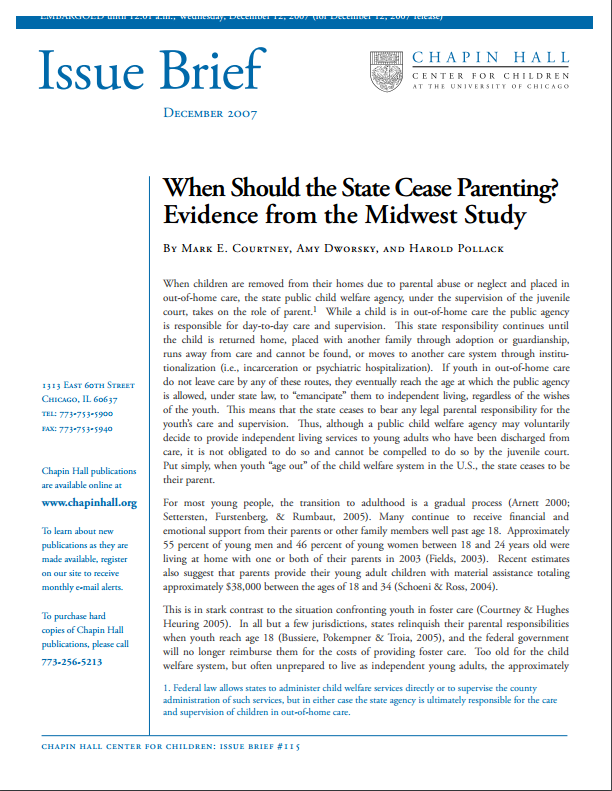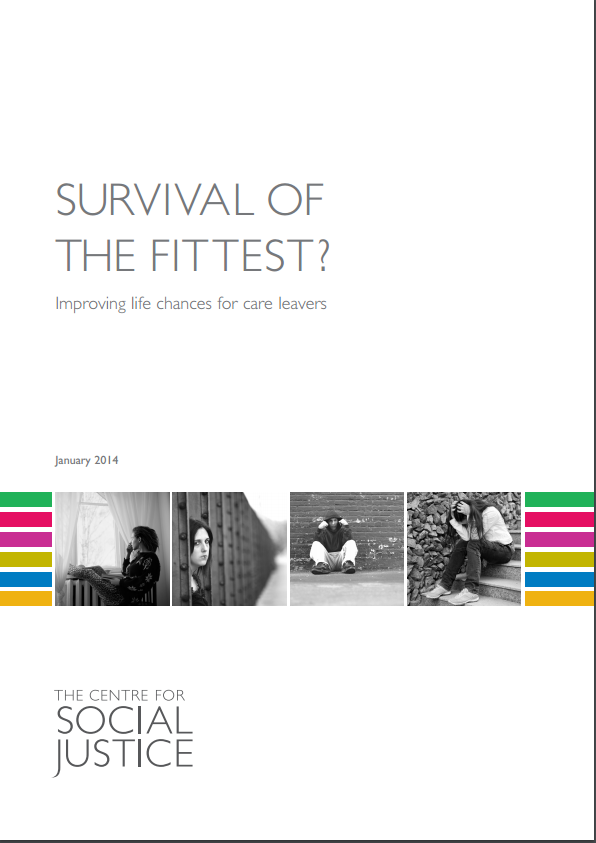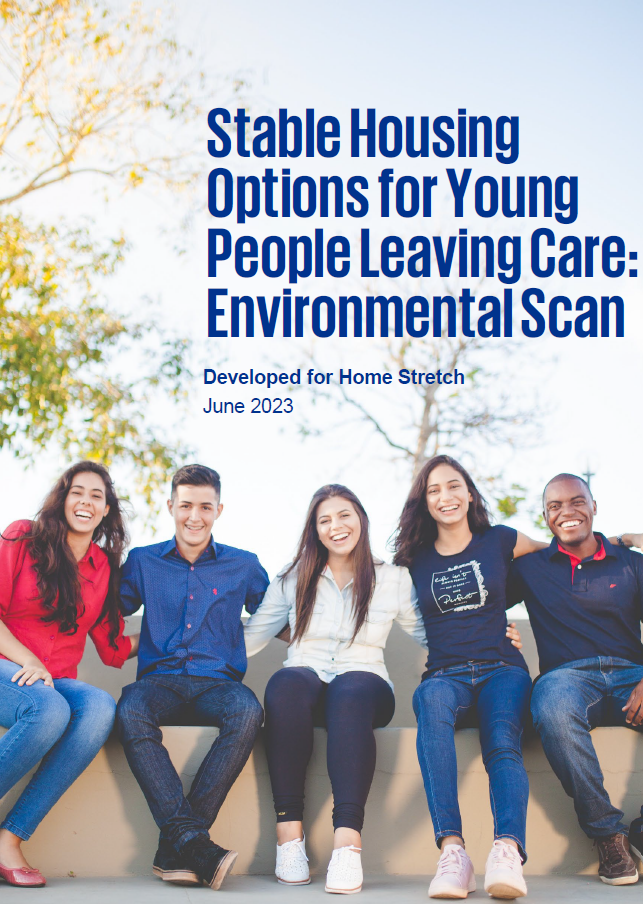What is Out of Home Care?
“Out of home care refers to the care of children and young people up to 18 years who are unable to live with their families (often due to child abuse and neglect). It involves the placement of a child or young person with alternate caregivers on a short or long term basis” (Victorian Department of Human Services, 2007).
There are different types of care:
- Residential care: placement is in a residential building whose purpose is to provide placements for children and where there are paid staff.
- Home-based care: placement is in the home of a carer who is reimbursed for expenses for the care of the child. There are three categories of home-based care: relative or kinship care, foster care and other home-based out-of-home care.
- Independent living: includes private board and lead tenant households.
- Other: placements that do not fit into the above categories and unknown placement types. This may include boarding schools, hospital, hotels/motels and the defence forces.Source: Australian Institute of Health and Welfare (AIHW), 2015, p. 46.
What is The Home Stretch campaign?
The Home Stretch is a national campaign, formed to seek change to the current leaving care arrangements for young people in state care. In brief, to extend the leaving care age from 18 until 21 years.
Why is The Home Stretch needed now?
There are many reasons why now is the time for change.
Findings from a 2009 survey conducted by the CREATE foundation on care leavers (Department of Families, Housing, Community Services and Indigenous Affairs, 2010) demonstrated that:
- 35% were homeless in the first year of leaving care;
- 46% of boys were involved in the juvenile justice system;
- 29% were unemployed;
Furthermore, a study by the Care Leavers Australia Network (2008) reported that:
- 41% were pregnant during their adolescence;
- 43% – 65% of care leavers have poor mental health outcomes (including depression, Anxiety, PTSD, panic attacks and sleep disorders).
Current government policies require the child protection system to begin preparing a young person to leave care as early as 15 years, while most would leave their care placement during their 16th or 17th year. In comparison, children residing at home, in the wider community, with one or both parents are remaining at home longer, with almost 50% of young people aged 18 to 24 having never left the family home.
Research both nationally and internationally indicates that a high proportion of care leavers end up homeless, in the criminal justice system, unemployed or a new parent within the first year of leaving care. Moreover, international research, where care is extended until the age of 21 shows that education participation doubles and homelessness rates are halved. Whilst there are some available services to assist the transition to leaving care, too many young people are still struggling to cope independently at 18 years after a life in state care.
What would extended care look like?
The Home Stretch seeks governments to support the extension of care to 21 years for those that:
- Wish to stay on in their foster care or kinship care placement and have the agreement from their carer, or
- Who are not ready to go and wish to remain in a supported care environment but either cannot remain in the care placement past 18 years; such as those exiting residential care, or do not wish to remain in foster care.
Extending care would require Governments to provide support in the form of ongoing carer reimbursements to carers/ case management to the young person and resources to access education or employment activity. Some models internationally require participation in employment or educational pursuits as a condition to be supported in extended care. Other models provide financial reimbursement in the form of an allowance.
What have we achieved so far?
Victoria – Universal extended care to 21 years (all OOHC and legislation underway).
South Australia – Extended care to 21 years (foster and kinship, trialing residential care).
Tasmania – Extended care to 21 years (foster and kinship).
Western Australia – Universal extended care to 21 years.
Australian Territory Capital – Extended care to 21 years.
Northern Territory – Extended Care to 21 years.
Queensland – Universal extended care to 21 years (from July 2023).
New South Wales – Universal extended care to 21 years (from February 2023).
Who can get involved?
The Home Stretch welcomes anyone interested in this cause. The more people and organisations we have on board, the better our chances at advocating for this important and much needed change.
Where can I read more?
Want to know more? You can find useful links to research, studies and outcomes of youth in the out of home care system below in the Resources section.
Where can I sign up to show my support?
You can sign up below to show you support. All we need is an email address, it’s that easy to take action.
By signing up, you will be kept up to date on events, research and other relevant information specific to the Home Stretch.

